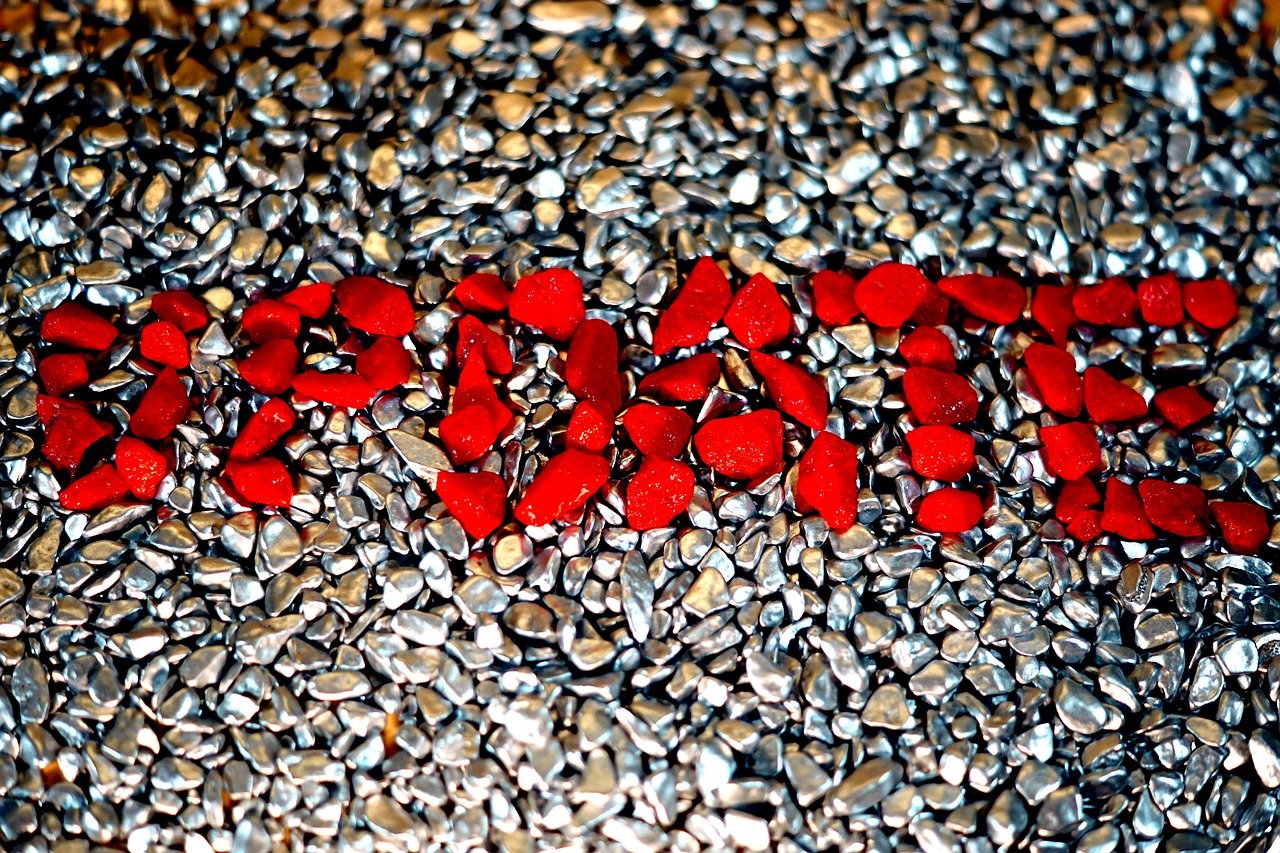The sky was muddy gray when I arrived at the Sams Memorial Stadium parking lot on a cool February afternoon. As soon as I parked, a school police officer appeared in a golf cart to rush me to the front of the parade line. I clambered aboard, one hand holding my large white Mexican sombrero rimmed with gold embroidered roses, the other scooping my thick, long skirt.
I was there for Charro Days, a festival that honors Mexican culture and our city’s intimate connection with Matamoros, Tamaulipas, across the border. As an alumna of the Brownsville school district, I’d been invited to serve as grand marshal of the children’s parade.
I felt regal dressed in a bright salmon pink traje de charro, a modified version of the traditional Mexican horseman outfit worn by mariachis and ranchera singers. As we whizzed by the century-old red brick buildings of my junior high campus, norteño music wafting from nearby speakers, my eyes welled up and I felt a lump in my throat.
Every year, right around Lent, life slows down in my hometown, and for eight glorious days we celebrate Charro Days. The first time I took part in the festival was in 1983, when my twin sister and I danced in the children’s parade to “La Cacahuata,” a norteño folk song, with our schoolmates.
During this week, residents often show up to work or school dressed in traditional Mexican clothing. Some wear charro outfits — the costume from central Mexico most associated with national identity. Others dress as chiapanecas and china poblanas, jarochas and tehuanas, in the blouses and skirts typical of the south. And there are lots of tamaulipecas, the fringed suede jackets of Tamaulipas.
Thank you for your patience while we verify access. If you are in Reader mode please exit and log into your Times account, or subscribe for all of The Times.
Thank you for your patience while we verify access.
Already a subscriber? Log in.
Want all of The Times? Subscribe.

